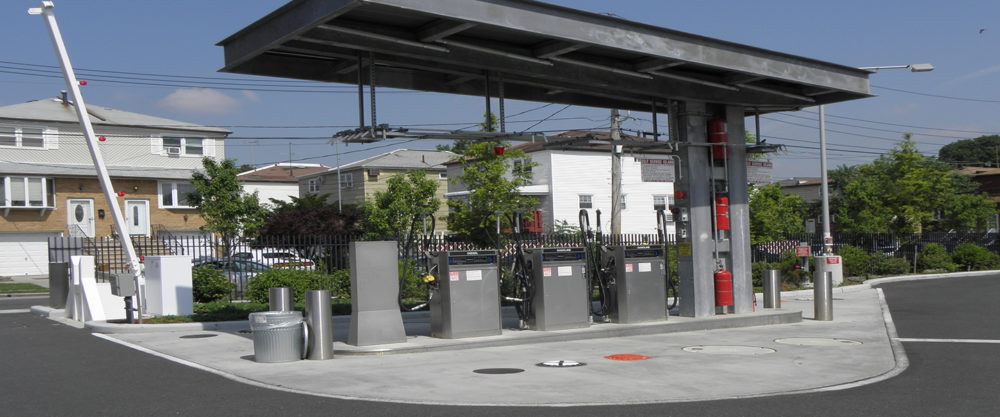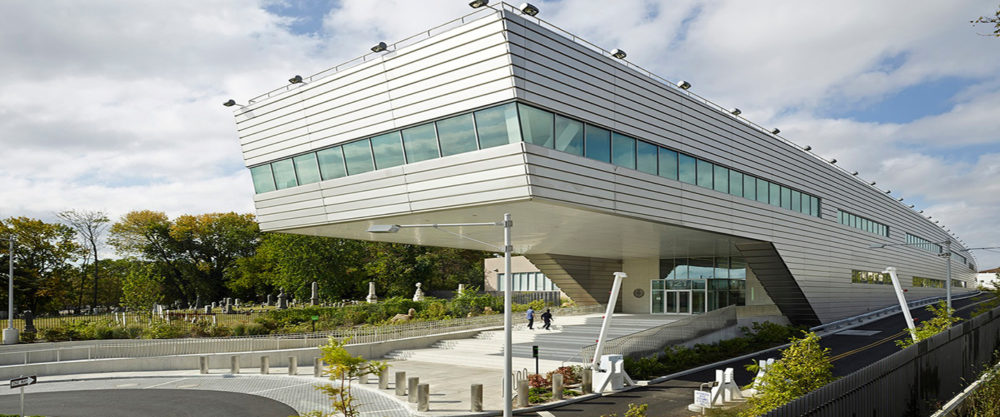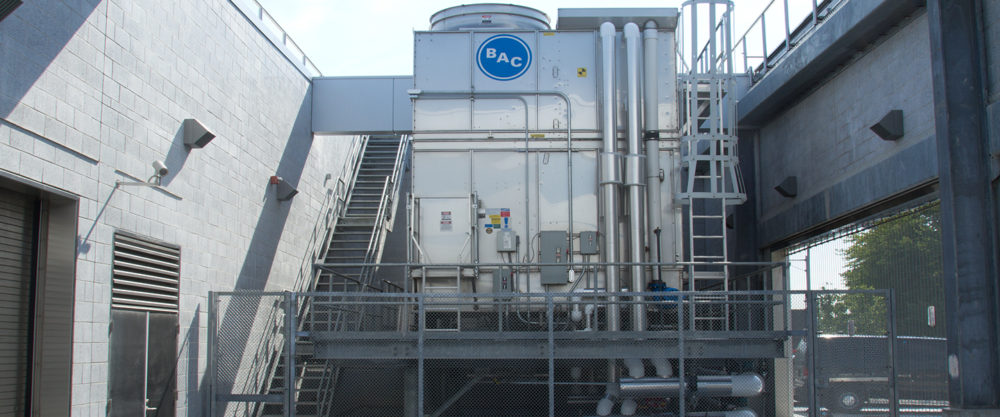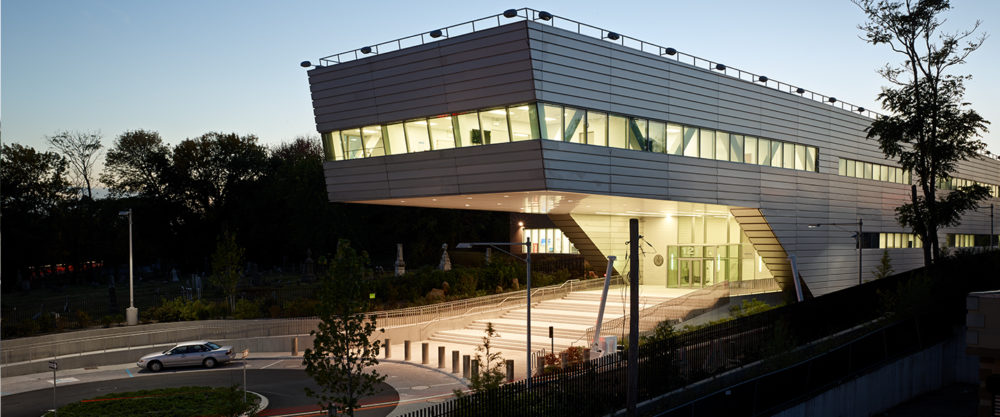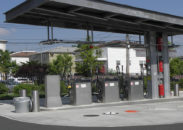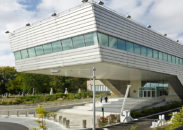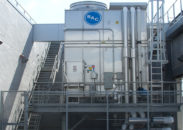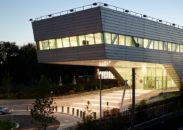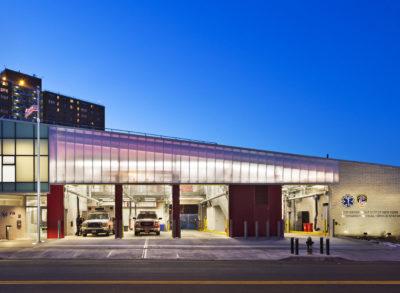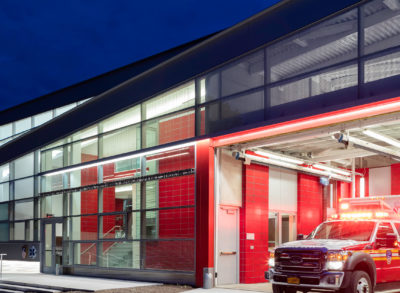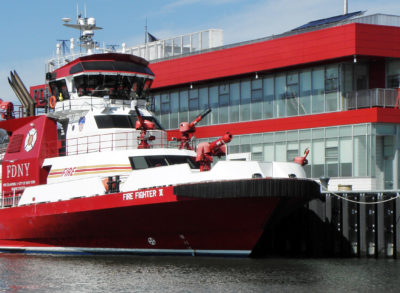Overview
As the first new stationhouse constructed in Staten Island in 50 years, it was essential that the 121st Precinct Stationhouse satisfied the police department’s functional requirements while also respecting the nearby residential neighborhood. LiRo-Hill was tasked with providing preconstruction, construction management, and CM build services, as part of a joint venture with HAKS, including procurement of all subcontracts for the building construction plus the management and supervision of all work from preconstruction through final completion.
About the Project
The 52,000 sf facility, which can accommodate up to 389 police officers, needed to include both public and non-public spaces on a long and narrow site with a 25’ change in elevation. Thus, the unique design consists of two distinct masses: a two-story linear bar with a second floor that extends in a 95’ cantilever and a separate one-story section. Extensive screening was incorporated to separate the site from the residential neighborhood. Highlights include:
- First police facility in New York City to comply with PlaNYC requirements for sustainable design.
- LEED Silver certified.
- The narrow footprint provides natural light to 80% of the spaces and views to the outside for 95%.
- Site-related interventions such as brownfield reclamation, stormwater management, bio-retention areas, and drought-resistant landscaping.
Project Challenges & Solutions
The project faced several complex challenges, all of which required extensive coordination between all members of the project team to ensure successful completion.
- The main challenge was the discovery of over 6,000 cy of granite that ran through the site which was required to be drilled out and removed.
- The arc configuration of the building, with a 3,800′ radius of the building plan necessitated careful fabrication and installation of intricate steel frame connections to accomplish the design intent.
- The cantilever section of the design required the installation of massive transfer trusses, which had to be fabricated off site. This required maintaining temporary shoring for months while the ground floor was built around it.
- Because the mechanical equipment is located in an adjacent one-story enclosure, all systems had to be run through the entire 580′ length of the curved main building structure requiring intense coordination between the mechanical, plumbing, and electrical contractors.
Outcome
The entire project team worked effectively to complete a structure that is unique to the New York market. As summarized by Fred Wilmers, AIA, Project Director at Rafael Vinoly Architects PC, “While the construction team and the design team had clear and separate responsibilities, we had a common goal of achieving excellence within a predetermined schedule and budget, creating a relationship of reliance and respect.”
